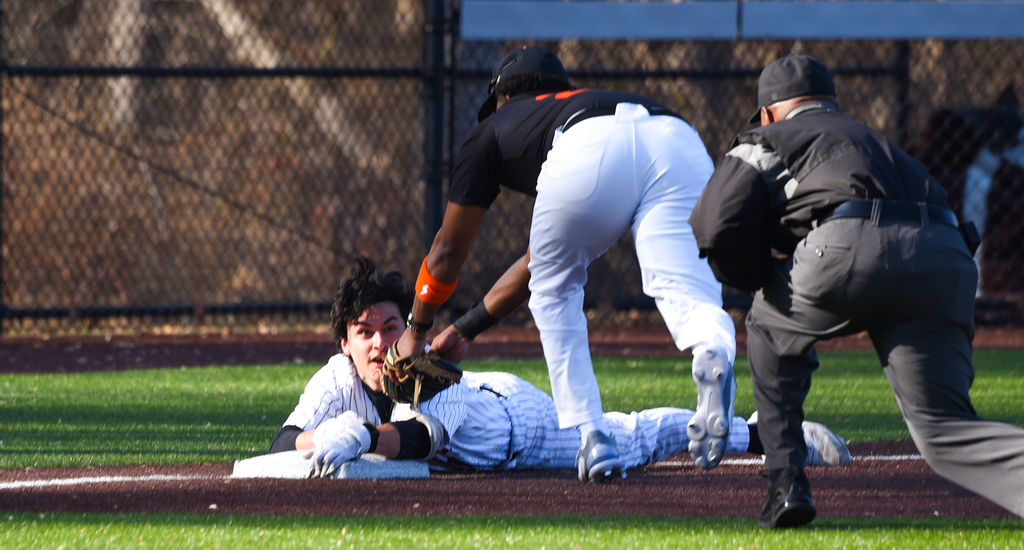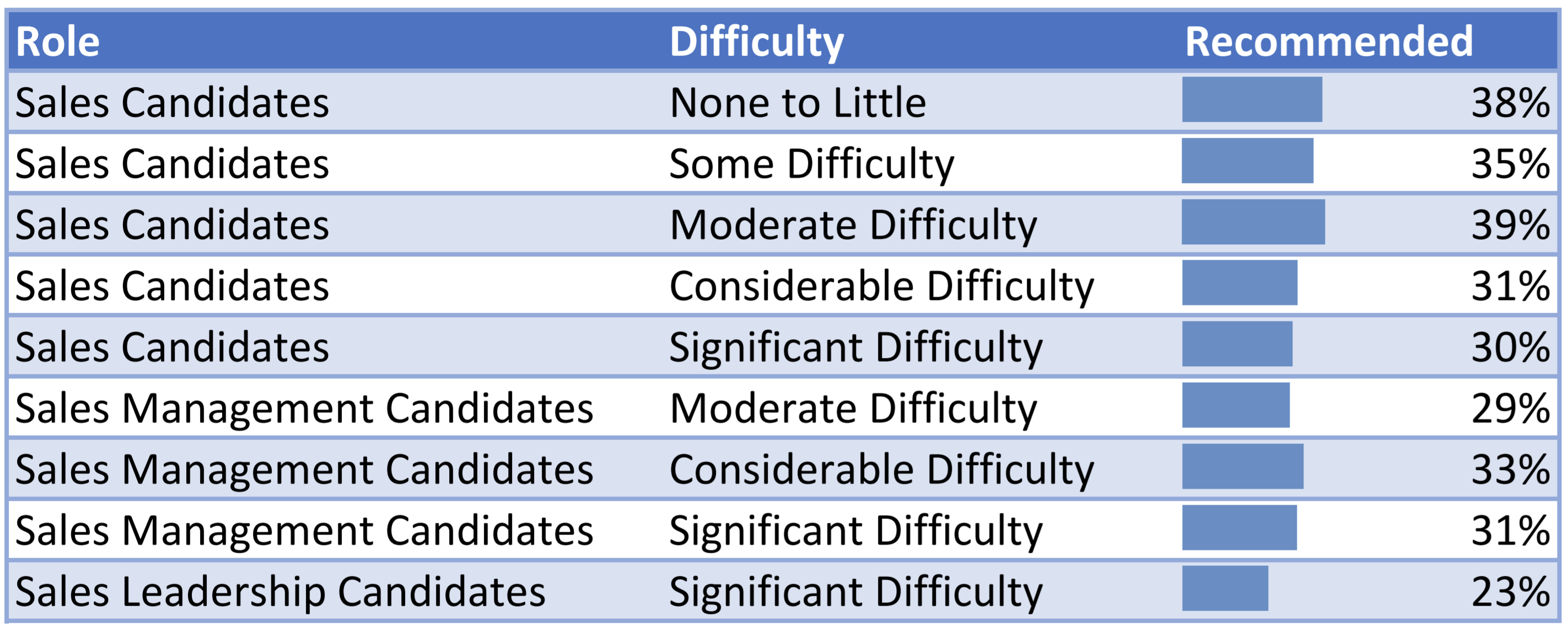- May 20, 2024
- Posted by: Dave Kurlan
- Category: Understanding the Sales Force

This article has a set of three distinct analogies comparing baseball to sales and if you continue and read it, you’ll be asking yourself, “Why didn’t I think of that?”
Analogy #1 – Filling Seats
Let’s start with what a sales team would call a termination. Whether the exit is voluntary or involuntary, the salesperson must be replaced.
In baseball, whether a player is injured, traded, released, or leaves via free agency, the team must replace him and they have three options:
- If the team chooses to replace him organically, they call up a major league-ready player from one of their top minor league teams and voila – he is replaced.
- If they trade for a replacement, they determine who they want and what it will take in both major league and minor league talent to acquire him. They might negotiate over the specific players and when the two teams agree to the terms, a deal gets done and they have their replacement.
- If they elect to sign a free agent, it usually comes down to money and if the player and team agree to the terms, they have what is usually an expensive replacement.
Let’s discuss the preparation, work and diligence the organization would have done prior to promoting a minor leaguer to the majors. They scouted him in high school and/or college. They oversaw his development on their Rookie League team, then through Single A, Double A, and Triple A. From rookie league to triple A, a top MLB prospect has typically been in the team’s development system for two to four years. They have extensive first-hand knowledge of the player’s work ethic, offensive and defensive capabilities and liabilities, mental toughness, and a projection as to how he will perform in the major leagues. It’s not significantly different with players they might trade for, or free agents they might sign, because the team and their scouts have seen those players in action.
Compare replacing a baseball player to replacing a salesperson. A company typically won’t have anyone to “call up” or promote and that leaves only two options:
- Move people from engineering, marketing, customer service, or business development, despite their lack of sales experience, and the company’s lack of data/intelligence to project how they will perform in sales. This strategy is called hope.
- HR posts the job description online or has a recruiter source candidates about whom they know very little, especially how they will perform in this specific sales role, while calling on the company’s target audience, with the company’s price points, and against the company’s primary competition. It would be like taking a baseball player the team doesn’t know anything about and having that guy start the game as their 2nd baseman, and waiting to simply see what happens. That’s fairly close to what the Boston Red Sox have been doing and it doesn’t work!
If only there was something that could provide companies the kind of intelligence for salespeople that compares with the intelligence baseball teams have on baseball players. Oh wait, there is! Objective Management Group’s (OMG) Sales Candidate Assessments are the most accurate and predictive sales specific assessments on the planet. They are customized to the specific role and consistently help companies hire the right salespeople more than 90% of the time. You can download a sample here and you can begin a free trial here.
Analogy #2 – KPI’s
Ben Tagoe, who is 19 months into his tenure as OMG’s CEO, sent me a link to read about Major League Baseball’s newest swing metrics from Statcast. If you weren’t aware, they now measure things like:
- Bat speed
- Batted ball velocity
- Hard hit ball percentage
- Launch angle
- Distance
- Hang time
- Pitch Location
- Count
- Pitch type
- Blasts
- Squared Up percentage
- Fast swing rates
- Swing length
- Swords
The metrics are awesome and by using Statcast, one can correlate statistics to performance. If only there was something that could provide companies with similar statistics about salespeople that could be correlated to performance. Oh wait, there is! Over the past 18 years, I have written extensively about statistics for sales performance. For lack of a better term, let’s call my work, Kurlcast, and below are ten of those articles:
Correlation: Salespeople Strong in This Competency are 2125% More Likely to be Performers
Top Salespeople are 8600% Better at This Than Weak Salespeople
Salespeople With This Weakness Score 47% Worse at Reaching Decision Makers
Data: The Top 10% of All Salespeople are 4200% Better at This
Data – Top Salespeople are 631% More Effective at This Than Weak Salespeople
The Best Salespeople are 791% Better at This Than Weak Salespeople
The Best Salespeople are 2733% More Likely to Have This Than the Worst Salespeople
New Data Shows That Elite Salespeople are 700% Less Likely to Do This
New Data Shows That Top Salespeople are 2800% Better at Disrupting the Flow
Change in Approach Leads to 304% Increase in Sales Effectiveness
Analogy #3 – Filtering In/Out
Our son graduates from college this weekend (May 2024) and earlier this month, his successful college baseball career came to an end. This is one of the highlights from his Senior Year.
That got me wondering about the percentage of Little League baseball players that play high school or college ball, get drafted, and play in the MLB.
On the Baseball Fever website, I read that around 22% of the boys that complete Little League (age 12) make their High School Varsity Baseball teams.
On a NCAA baseball page I found that 8.1% of all High School baseball players get to play in college and in my son’s case, only 3.2% play at an academics-first Division III school.
According to Spreadsheetsolving.com I found that:
0.5% of all High School baseball players get drafted by a MLB team
10.5% of NCAA college players get drafted by a MLB team
.06% of Division III players get drafted. I didn’t see a single scout in the four years and 120 games my son played.
According to HSBaseballWeb, only 5-6% of the drafted players ever play in the Major Leagues.
Those percentages aren’t very good!
If only there were similar percentages that companies could use when drafting (recruiting) salespeople. Oh wait, there are! The following table shows the percentage (data from 2019-2021) of sales, sales management and sales leadership candidates that the OMG Candidate assessments recommend based on the difficulty level of the role. Note to clients who complain about the low recommendation rates, the baseball percentages make these percentages outright generous!

Before using the OMG assessments, client companies would have hired many of the sales candidates that were Not Recommended for a particular role. Today they have policies that don’t allow sales managers to hire candidates that are not recommended. Now, they accept these recommendation rates because they know they are getting the salespeople who are best-suited for success in the role. Talk to us about putting these percentages to work for you!
Image courtesy of Bard College
